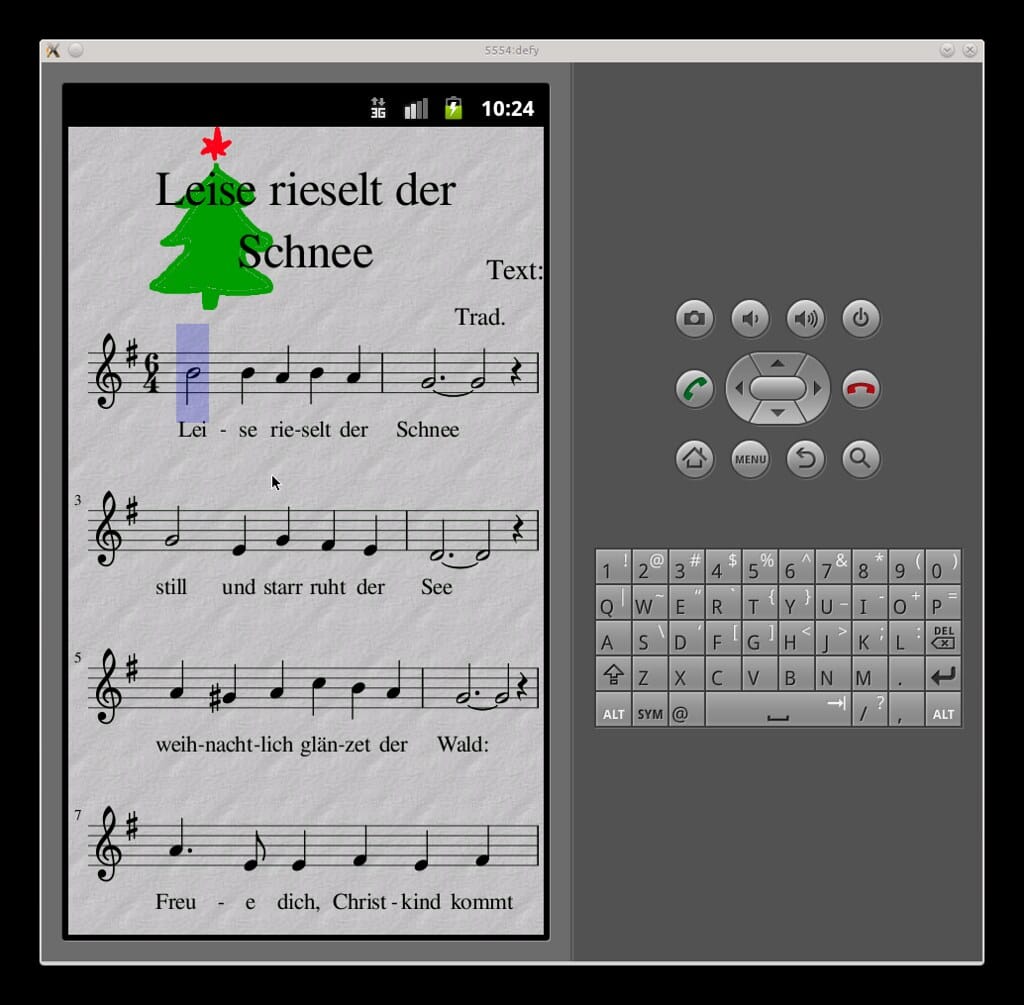Google Ditches Android Developer Preview for Always-On Canary Channel: What This Means for App Development
Google has quietly revolutionized how Android developers access cutting-edge features with the introduction of a rolling Canary channel, effectively replacing the traditional Developer Preview system that has been the cornerstone of Android's development cycle for over a decade.
The End of an Era for Android Development
For years, Android developers have relied on periodic Developer Preview releases to test their applications against upcoming Android versions. These structured releases typically arrived in spring, offering developers a few months to prepare their apps for the next major Android release. However, Google's shift to a continuous Canary channel represents a fundamental change in how the world's most popular mobile operating system evolves.
The new Canary channel provides developers with access to the latest Android builds on a rolling basis, similar to how Google Chrome's development model works. This means instead of waiting for scheduled preview releases, developers can now access new features, APIs, and system changes as soon as they're ready for external testing.
What Makes This Change Significant
Accelerated Development Cycles
The traditional Developer Preview system created natural bottlenecks in the development process. Developers had to wait for official preview releases, which typically came out quarterly at best. With the Canary channel, new features become available for testing within days or weeks of internal completion, potentially accelerating the entire Android ecosystem's evolution.
This change is particularly crucial given the competitive landscape in mobile operating systems. Apple's iOS development cycle has become increasingly aggressive, with rapid iteration on features and developer tools. Google's move to a rolling release model helps level the playing field by ensuring Android developers have earlier access to new capabilities.
Better Bug Detection and Resolution
The continuous nature of the Canary channel means bugs and compatibility issues can be identified and resolved much earlier in the development process. Previously, if a critical issue was discovered late in the Developer Preview cycle, it might not be addressed until the next major release. Now, fixes can be deployed in subsequent Canary builds within days.
Impact on the Developer Community
Early Adopters Get More Value
Developers who actively engage with pre-release Android versions will benefit significantly from this change. The Canary channel provides a steady stream of new features to explore and integrate into their applications. This is particularly valuable for developers working on cutting-edge applications that leverage the latest Android capabilities.
Increased Testing Responsibility
However, this shift also places more responsibility on developers to maintain continuous testing pipelines. With updates arriving more frequently, development teams will need to adapt their testing strategies to handle the increased cadence of potential breaking changes.
The Android development community on platforms like Reddit and Stack Overflow has already begun discussing strategies for managing this transition, with many seasoned developers recommending automated testing frameworks to handle the increased update frequency.
Technical Implications
API Stability Considerations
One of the most significant concerns surrounding this change involves API stability. Developer Preview releases traditionally provided relatively stable APIs that developers could confidently build against. The Canary channel, by its nature, may introduce more frequent API changes and potential instabilities.
Google has addressed these concerns by implementing clearer versioning and deprecation policies within the Canary builds, helping developers understand which features are experimental versus production-ready.
Device Compatibility
The Canary channel initially supports a limited range of devices, primarily Google's own Pixel lineup. This represents a departure from the broader device support typically offered in Developer Preview releases, potentially limiting testing scenarios for developers who need to ensure compatibility across various Android devices.
Looking Forward: The New Android Development Landscape
This transition signals Google's commitment to a more dynamic and responsive development ecosystem. The company has indicated that major Android releases will still occur annually, but the development process leading up to these releases will be more transparent and collaborative.
For enterprise developers and large development teams, this change necessitates updating internal processes and tooling to handle more frequent updates. However, the benefits of earlier access to new features and faster bug resolution cycles are likely to outweigh the initial adaptation challenges.
The shift to a rolling Canary channel represents more than just a change in release methodology—it's a fundamental reimagining of how Android evolves. Developers who embrace this new model early will likely find themselves better positioned to leverage Android's latest capabilities and deliver more innovative applications to users worldwide.
